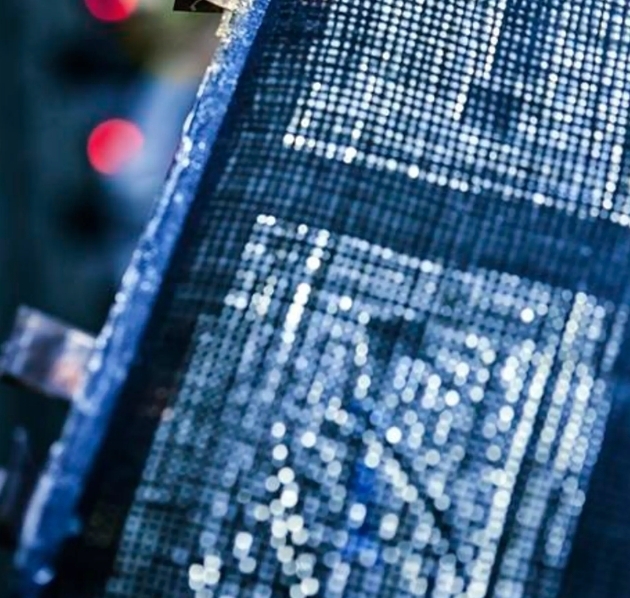Researchers at Sweden’s Chalmers University of Technology have developed the world’s most powerful battery, which paves the way for massless energy storage, could help make mobile phones as thin as a credit card, and could even increase the range of electric cars by 70 per cent, a press release said. Even with the recent increase in the penetration of electric vehicles, the future transition to electrification and fossil fuel-free transport remains uncertain.
Long-distance transport using ships and aircraft requires energy-dense fuels that are light to carry but can provide a large amount of energy. Batteries, on the other hand, provide far less energy than fossil fuels, but are much heavier. This further adds to the weight that a ship or aircraft must carry and makes energy conversion difficult.Structural batteries are a possible solution to the problem since they shoulder load-bearing functions in a device and are no longer deadweights that must be carried around. In the case of a vehicle, this also reduces energy consumption, which translates into a higher range.
>>>>>>>>>>>>Realme GT Neo6 SE – Battery BLPA51 2680mAh

Developing structural batteries
A research team led by Leif Asp, a professor of Material and Computational Mechanics, Industrial and Materials Science at Chalmers, has been researching the use of carbon fibers for structural batteries.In 2018, the team confirmed that carbon fibers could store electrical energy and be used as electrodes in lithium-ion batteries. By 2021, the team had developed this battery’s strength and electrical capacity to deliver an energy density of 24 watthours per kg (Wh/kg), which was further increased to 30 Wh/kg in recent reports.While this is far from the storage capacity of standard lithium-ion battery packs, structural batteries do not have to attain these higher capacities to be truly effective. “We have made calculations on electric cars that show that they could drive for up to 70 percent longer than today if they had competitive structural batteries,” said Asp in a statement.
Carbon fiber as electrodes
>>>>>>>>>>>>Realme 12 Pro+ – Battery BLPA35 5000mAh
The structural battery developed at Chalmers is made from composite material and uses carbon fibers for both positive and negative electrodes. In previous iterations of the battery, the core of the positive electrode was made from aluminum foil. On this occasion, the researchers coated the carbon fibers with lithium iron phosphate (LFP). The role of carbon fibre is not limited to the electrodes; it also acts as a reinforcement, collector and support for lithium to be built on the cathode, as well as acting as an electrical collector and active material on the anode. This allows batteries to be manufactured without the use of materials such as copper or aluminium, helping to reduce weight. The lithium ions in the battery are transported through a semi-solid electrolyte, reducing the fire risk.
However, it cannot deliver high power yet, an area the team is focusing on now. The researchers have also increased the stiffness of the battery pack, which enables it to carry loads like aluminum but at a much lower weight. “In terms of multifunctional properties, the new battery is twice as good as its predecessor—and actually the best ever made in the world,” added Asp. “One can imagine that credit card-thin mobile phones or laptops that weigh half as much as today, are the closest in time. It will require large investments to meet the transport industry’s challenging energy needs, but this is also where the technology could make the most difference,” Asp concluded in the press release.